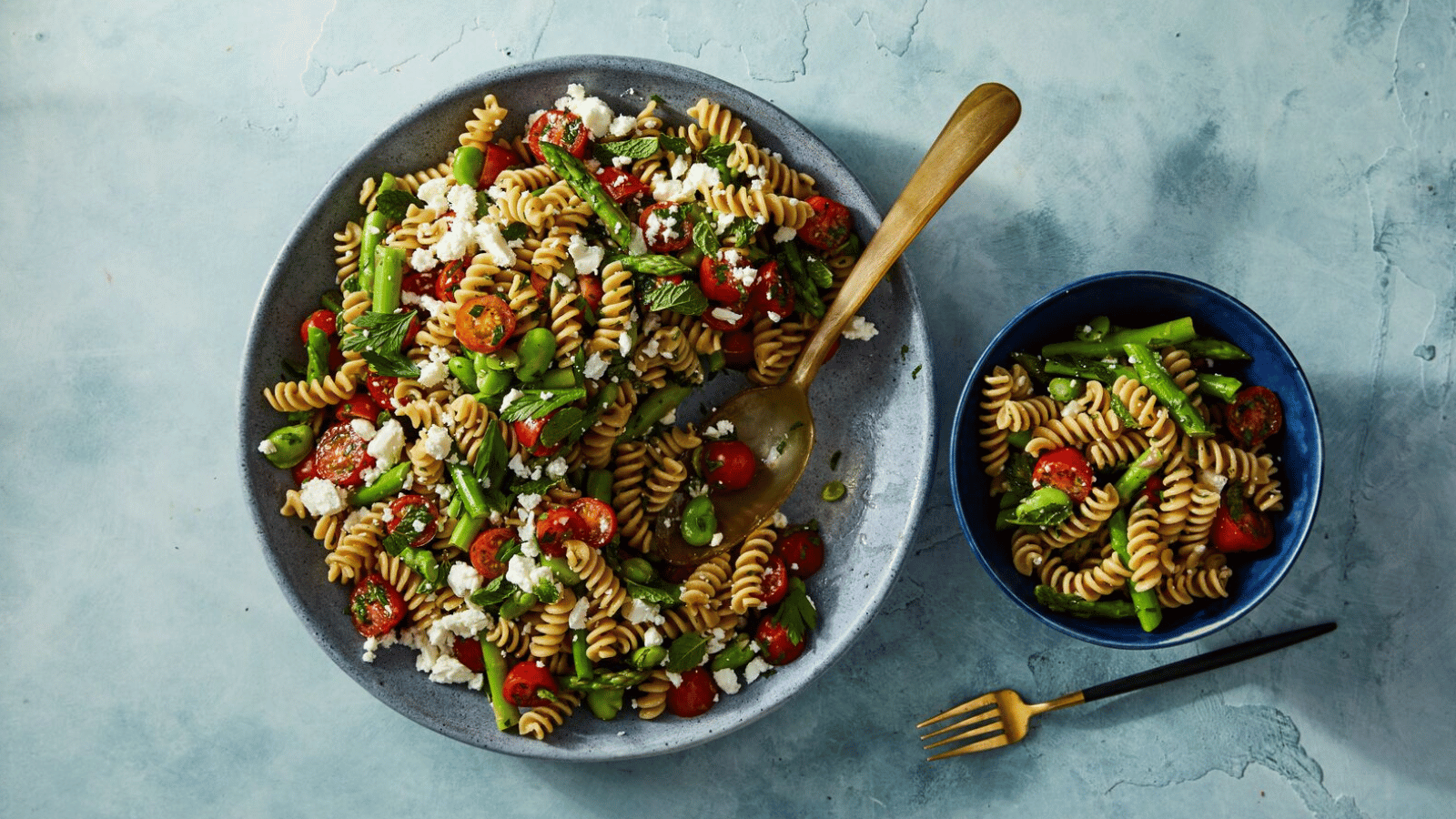Eating in season – what’s in it for you?


According to the results of a recent University of Sydney study, it’s transport that’s responsible for one fifth of global food-related greenhouse gas emissions. So, why is there so much food taking long trips all over the world? There are many different reasons, but one of them is so that we can have year-round access to our favourite fruit and vegetables, whether it’s pears in summer or tomatoes in winter, even when they’re not officially in season here in Australia or New Zealand.
But it turns out that ditching the temptation to eat whichever fresh fruit and vegetables we want at any time of year, in favour of a more ‘eat what’s in season’ approach pays dividends in a wide variety of ways.
The benefits of seasonal eating
Here’s a handful of reasons why making a conscious effort to eat fruit and vegetables that are in season is wise.
- It tastes better. By definition, buying in-season produce means it’s local, which means it doesn’t have to travel far once it’s harvested. In contrast, buying out-of-season produce typically means it has had to be picked and transported from a location where it is in season, which is usually a fair distance away. To prevent it from spoiling in transit, it’s usually harvested really early, before the flavour has had a chance to develop properly. In comparison, in-season produce can be picked and transported as close as possible to when it’s ripe and full of flavour.
- It’s more nutrient dense. The same logistical factors and harvesting times that can impact flavour when a fruit or veggie is out of season can also mean its nutritional content isn’t as well developed when it’s picked or harvested, either.
- It’s also cheaper. Produce is typically plentiful when it’s in season, so supply can often outweigh demand, which helps to keep the cost down. Plus, you’re not paying for the transportation and storage that out-of-season foods require, which tends to get included in the price per item or kilogram.
- It’s good for your gut health. Research has shown that people whose diets change with the seasons due to the natural availability of produce, have a gut microbiome that’s about 30 per cent more diverse than people who eat the same diet season to season. And for good health, gut diversity is something to strive for, with research also showing that people who have a larger variety of bacteria living in their gut may have a lower risk of developing a number of health problems and diseases.
- And it’s better for the planet, too. All the travelling that out-of-season produce has to do to reach our plates doesn’t just affect its taste, nutrient quality and price – it also impacts the food’s greenhouse gas footprint. In a nutshell, in-season produce that only has to travel short distances is simply better for the planet.
How to eat in season
On the surface, it’s as easy as buying, using and eating what’s in season, but there are a few tricks and tips that you can use to make this work.
1. Shop at farmers’ markets if you can
This is a really simple way to ensure that whatever fresh fruit and vegetables you’re buying is both local and in season. It can also be fresher – a CHOICE survey shows that while nine out of 10 people who buy their fruit and veg from farmers’ markets are satisfied with its freshness, only seven out of 10 people who buy the same items from a big supermarket are. Why not see if there’s a farmers’ market near you and, if you haven’t already, check it out?
2. Get your head around what’s in season, when
It does vary slightly depending on where you live in Australia or New Zealand, but there are some general guidelines to bear in mind. Knowing what’s in season before you go food shopping means you not only know what to look for, you can also meal plan ahead and create a shopping list to keep you on track, based on that plan.
3. Grow your own veggies
That way, wherever you live, you’ll have in-season produce on your doorstep – quite literally! Plus, research supports the idea that people who grow their own vegetables eat more of them. That’s important considering 90 per cent of Australians don’t eat the recommended five-plus serves of vegetables every day.
4. Lean on WeightWatchers® recipes
At WW, fruit and non-starchy vegetables are ZeroPoint foods, all year round, whatever the season. This means you can eat them without weighing, measuring or tracking them – simple! But not only can you search WW’s incredible collection of recipes on the app based on ingredients, for example spring vegetables like asparagus, fennel or silverbeet, you can also be inspired by WW’s spring recipe collections. Combined, WW’s tools can make cooking and eating in season easier than ever to achieve.
5. Use canned or frozen produce
If you’re really in the mood for a recipe that calls for something like sweetcorn or raspberries but they’re not in season here, choose frozen or canned instead of paying for an imported fresh product. As well as being less expensive, it’ll probably contain more nutrients, too, because canned and frozen produce is processed immediately after harvesting, when it’s at its freshest. If you are buying a canned product, look for vegetables that are labelled as ‘no added salt’ or ‘salt reduced’, and fruit canned in fruit juice rather than syrup.
